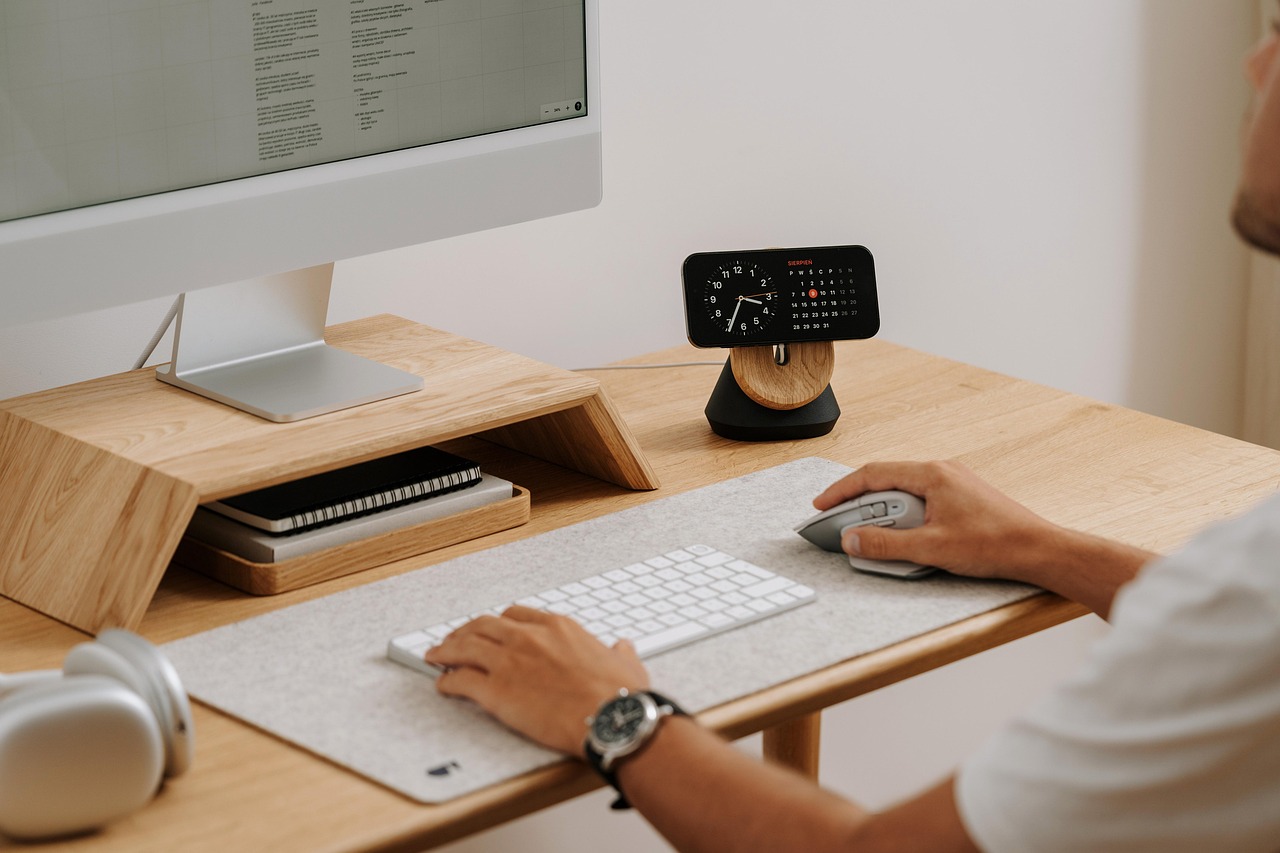Working long hours at a desk can take a toll on your body. Poor workstation setup often leads to neck pain, back pain, eye strain, wrist issues, and overall fatigue. An ergonomic workstation is designed to reduce discomfort and promote better posture, allowing you to work more comfortably and efficiently.
In this guide, Dr. Zavosh, your Vancouver chiropractor, will walk you through how to create an ergonomic workspace that supports your physical health and boosts productivity.
1. Start With the Right Chair
An ergonomic chair is the foundation of a healthy workstation. Choose a chair that offers the following:
-
Adjustable height so your feet rest flat on the floor.
-
Lumbar support to support the natural curve of your lower back.
-
Adjustable armrests to keep your arms at a 90-degree angle.
-
Seat depth adjustment to allow 2–3 fingers’ space between the back of your knees and the seat edge.
-
Reclining backrest to ease pressure on your spine.
If your chair doesn’t have built-in lumbar support, consider adding a lumbar cushion or a rolled towel for extra support.
2. Desk Height and Layout
Your desk should be at a height that allows you to sit comfortably with your arms at or slightly below elbow height when typing. Here’s what to look for:
-
Height: Ideally between 28–30 inches from the floor for most people.
-
Knee clearance: Ensure enough space for your legs to move freely under the desk.
-
No clutter: Keep only essentials on your desk to avoid overreaching.
If your desk is too high or low, use an adjustable chair or consider adding a keyboard tray or risers.
3. Monitor Positioning
Incorrect monitor height can cause neck strain. Follow these guidelines:
-
Top of screen at or slightly below eye level
-
About an arm’s length away from your eyes
-
Tilted slightly upward to maintain a natural head position
-
Center the screen directly in front of you to avoid twisting your neck
If you use dual monitors, place them symmetrically, or position the primary screen directly in front of you and the second at a slight angle.
4. Ergonomic Keyboard and Mouse Setup
The placement of your keyboard and mouse affects your wrists, shoulders, and arms. Here’s how to optimize them:
-
Keep keyboard and mouse on the same surface
-
Wrists should be straight, not bent up, down, or to the sides
-
Elbows at 90 degrees with upper arms relaxed at your sides
-
Use a wrist rest or soft pad to reduce pressure
Consider using an ergonomic keyboard and vertical or trackball mouse to reduce strain if you type for extended periods.
5. Foot Position and Support
Your feet should rest flat on the floor. If they don’t, use a footrest to maintain proper posture. Proper foot positioning reduces strain on your lower back and improves circulation.
6. Lighting and Glare Reduction
Eye strain is common in poorly lit or overly bright environments. Here’s how to improve lighting ergonomics:
-
Use natural light if possible, positioned to the side (not directly in front or behind your screen).
-
Avoid screen glare by adjusting blinds or using an anti-glare screen filter.
-
Adjust monitor brightness and contrast to comfortable levels.
-
Use task lighting for reading or paperwork.
Follow the 20-20-20 rule: Every 20 minutes, look at something 20 feet away for at least 20 seconds.
7. Cable Management and Clean Setup
A cluttered workspace increases stress and restricts movement. To improve your setup:
-
Use cable organizers or ties to manage wires
-
Position tools and supplies within easy reach
-
Keep frequently used items on your dominant-hand side
A tidy desk not only improves function but also boosts focus.
8. Laptop Ergonomics
Laptops are not ergonomic by design. If you work on a laptop for long hours:
-
Use a laptop stand to raise the screen to eye level
-
Connect an external keyboard and mouse for better hand positioning
-
Use docking stations if you regularly switch between home and office
This setup turns a laptop into a more ergonomic workstation.
9. Take Regular Breaks and Move
Even with a perfect ergonomic setup, movement is essential. Prolonged sitting is associated with health risks, regardless of posture.
-
Stand up every 30–60 minutes
-
Stretch or walk for 1–2 minutes
-
Do shoulder rolls, neck turns, and wrist stretches
You can also consider a sit-stand desk or desk converter to alternate between sitting and standing.
10. Personalize for Comfort
Everyone’s body is different, so don’t hesitate to tweak your setup:
-
Add cushions or backrests if you need more support
-
Adjust monitor settings to reduce eye fatigue
-
Use noise-canceling headphones if you’re in a shared workspace
Creating a comfortable, customized workstation leads to less fatigue, better posture, and greater focus.
Designing an ergonomic workstation doesn’t require a complete office overhaul—just some thoughtful adjustments. By focusing on posture, equipment placement, lighting, and regular movement, you can protect your body from strain and discomfort.
Investing in ergonomic design is an investment in your long-term health and productivity. Make small changes today for big results tomorrow.
—————————————————————————————————————————————————————-
Bonus Checklist: Ergonomic Workstation Setup
✅ Feet flat on floor or footrest
✅ Knees at 90° angle
✅ Elbows at 90° angle, arms relaxed
✅ Wrists straight while typing
✅ Monitor at eye level
✅ Chair supports lower back
✅ Take breaks every 30–60 mins
✅ Reduce glare and adjust lighting
Article by: Dr. Farokh Zavosh
Burrard Chiropractic and Foot Orthotics – Vancouver Chiropractor


